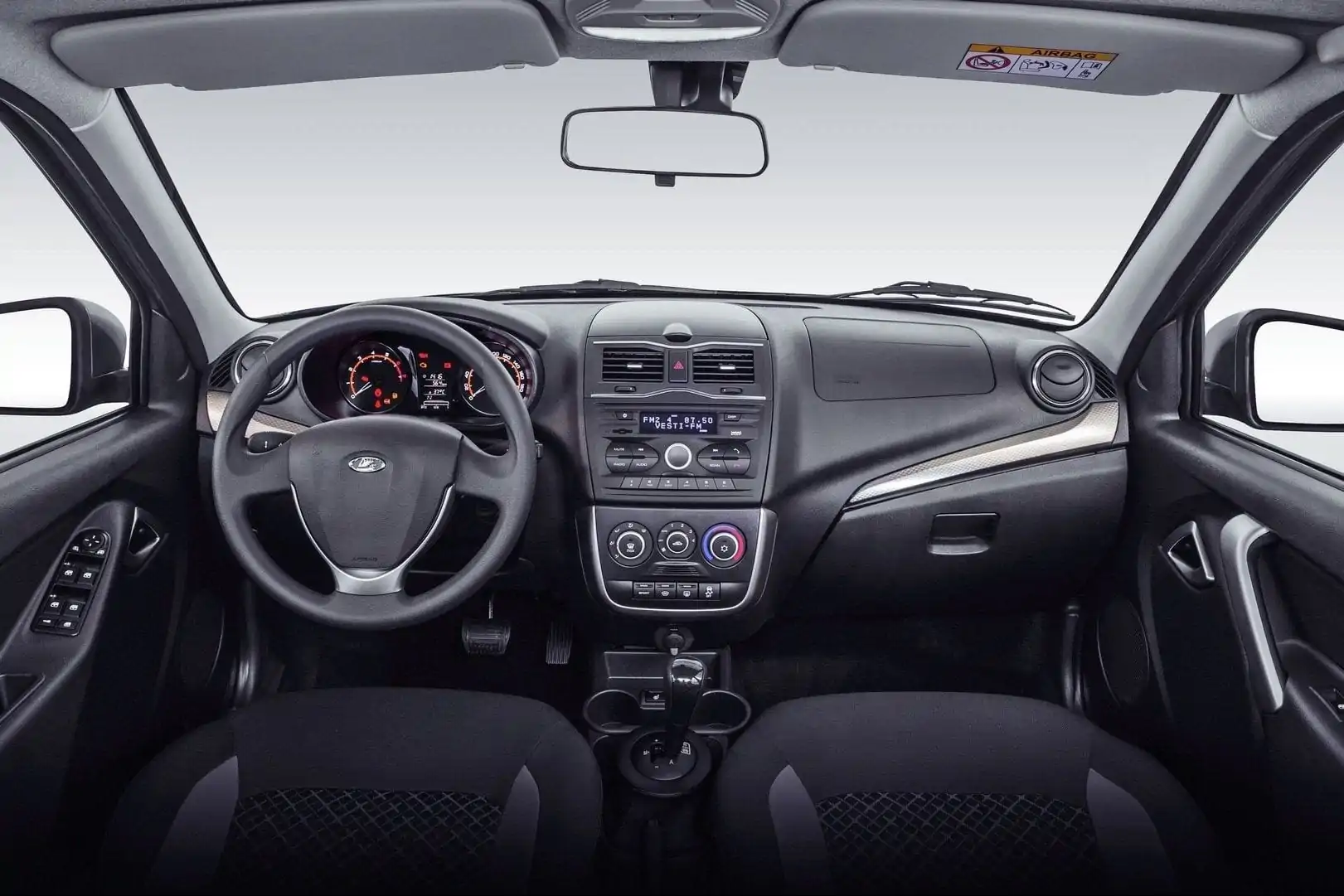
Test drive Jaguar XE
Ian Callum drew a car that could be firmly associated with the Jaguar lineup. The result is a scaled-down XF with the aristocratic signature of the XJ and subtle hints of a sporty F-Type ...
“Gas, gas, gas,” the instructor repeats. “Now move outward and slow down!” And, hanging on the belts during a sharp deceleration, he continues: "Steering wheel to the left, and open again." I could not say: on the sixth lap of the Spanish Circuito de Navarra, I already seem to know all the trajectories and points of braking, fixing the best time lap after lap. Mentally shrugging off the instructor, I go into the turn too fast, a little sharper than necessary, pull the steering wheel to the left, and the car suddenly abruptly breaks into a skid. A short jerk of the steering wheel to the right, the stabilization system easily grabs the brakes, and we again earnestly rush forward at full throttle - the ideal asphalt setting.
I must say that the moment for the presentation of the XE sedan company Jaguar chose well. The classic BMW 3-Series sports sedan segment has become much more compromise and too expensive. Audi and Mercedes are betting on comfort, the Japanese from Infiniti and Lexus continue to find their way, and the Cadillac brand is still having a hard time in the European market. The Jaguar XE is needed for the British to enter an important segment and attract new paying customers from those younger - those who value a polished ride in addition to luxury.

Jaguar already entered this segment 14 years ago, rolling out the X-Type sedan on a front-wheel drive Ford Mondeo chassis to the peak of the 3-Series and C-Class. This fastidious market did not accept an outwardly attractive car - the small Jaguar turned out to be insufficiently refined, and in terms of driving characteristics it was inferior to its competitors. As a result, only 350 thousand cars were sold in eight years - almost three times less than the volume that the British counted on.
Now the alignment is completely different: the new XE is style. Jaguar chief designer Ian Callum drew a car that could be firmly associated with the brand's lineup. The result is a scaled-down XF with the aristocratic XJ and subtle hints of a sporty F-Type. Restrained, neat, almost modest, but with a slight devilishness in the squint of headlights, bumper air intakes and LED lights.
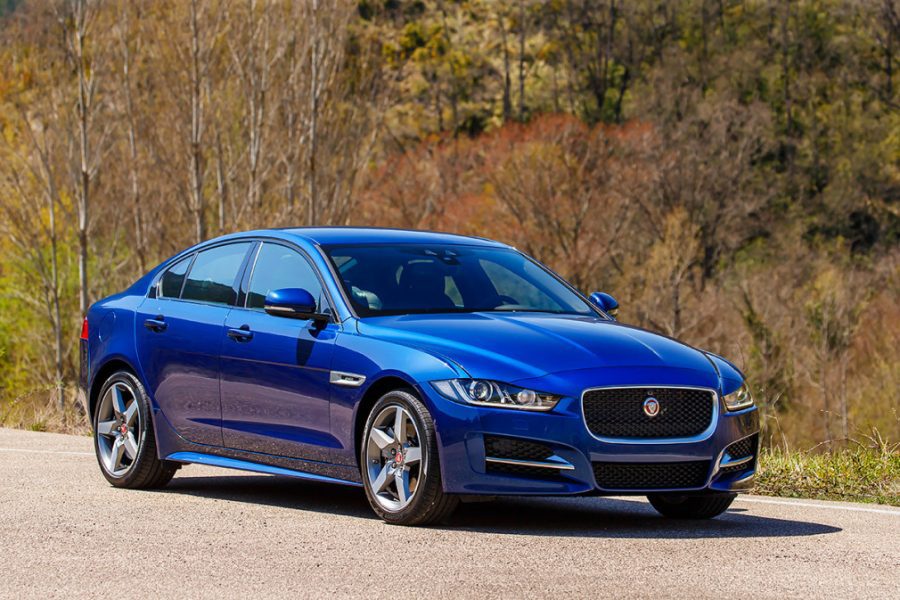
The salon is simple but very modern. The order is perfect, and the interior is good in details. The instrument wells and the volumetric three-spoke steering wheel refer to the F-Type, and the proprietary transmission washer crawls out of the tunnel when the engine is started. Looks great, although it doesn't feel so good to the touch. Enough and coarser plastic, the glove compartment and door pockets are devoid of upholstery, and the door upholstery is partially made of simple plastic. But all this is hidden from view. And the brand new InControl media system is in sight: a nice interface and nice graphics, a Wi-Fi hotspot, special interfaces for smartphones based on iOS or Android, which can control some of the onboard functions remotely. Finally, the XE has a head-up display that displays images on the windshield.
The chairs are simple, but they hold well, and it will not be difficult to find a fit. What can not be said about the rear passengers. Their roof is low, and a person of average height sits on the back sofa without much knee headroom - this is with a huge wheelbase of 2835 millimeters. Three seats in the back are very arbitrary, sitting in the middle is completely uncomfortable, and even the rear windows do not drop completely. In general, a car for the driver and his passenger.
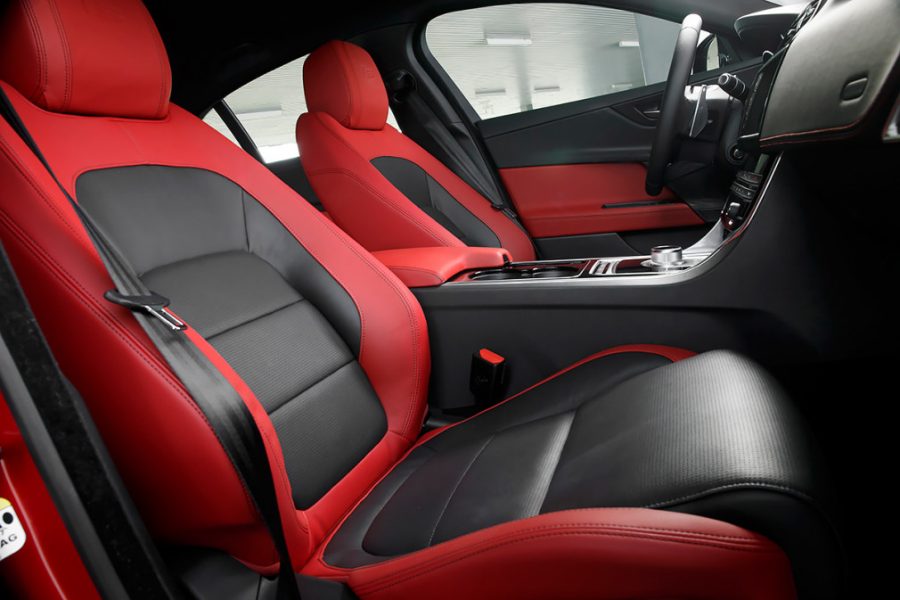
The XE has a new platform that the brand needs, perhaps even more than the sedan itself. After all, the Jaguar F-Pace crossover is being built on it - a model looking into one of the fastest growing market segments. So the chassis for the junior Jaguar was made according to all the canons of the sports sedan genre: a light aluminum body, rear or four-wheel drive and strong engines from modern turbo fours to the mighty V8, with which XE will compete with the BMW M3.
There are no 340s in the XE range yet, which is why I run a 6-horsepower XE with a compressor V5,1, so I cut the tracks without a lack of power. "Six" pulls lightly and loudly, especially in Dynamic mode, which sharpens the throttle drive and transfers the box to the higher revs. Up to "hundred" XE shoots in 335 seconds - this is only symbolically faster than the BMW XNUMXi, but absolutely excellent in sensations. The whine of the supercharger is barely noticeable, and the rumbling exhaust from the Jaguar is perfect. The eight-speed "automatic" changes gears with light jerks and instantly jumps to low gears if necessary. Every touch of the accelerator is a thrill, every turn is a test for the vestibular apparatus.
The version with a V6 engine and adaptive suspension generally gives some incredible feeling to the car. The electric power steering reproduces the feedback so naturally that the driver seems to be able to feel even slight tire slip when cornering. The chassis provides such grip that it seems like the suspension was taken from the F-Type coupe - the XE is so sharp and understandable even in extreme modes. But here's the thing - outside the track, this Jaguar becomes docile and comfortable. The car's balance is really impressive. And it's not just the adaptive suspension, it seems.
The body of the sedan is 20% stiffer than that of the older XF, and besides, it is made of three-quarters of magnesium aluminum - the latter was used in the manufacture of the dashboard crossbar. The bonnet is stamped from this metal, but the doors and trunk lid are steel. For better weight distribution, the engine is shifted to the base. And while the XE weighs as much as the competition, the alloy materials helped redistribute the weight of the car. Suspensions are also made of aluminum, and unsprung masses are kept to a minimum. Finally, three pendants themselves are offered at once, all of them with their own character.
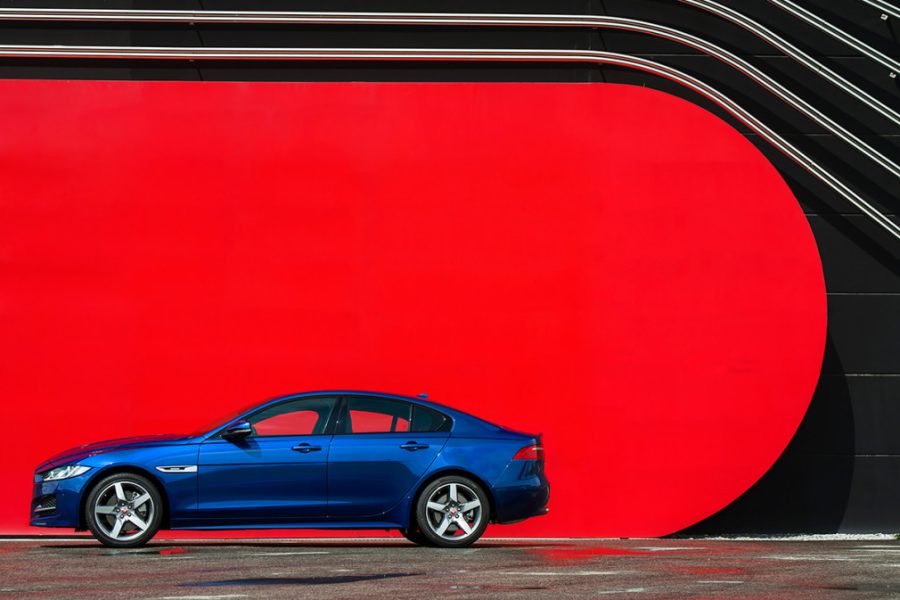
The base one is considered comfortable, a more rigid sporty one is offered for a surcharge, and the top versions rely on an adaptive one with electronically controlled Bilstein shock absorbers. However, it makes no sense to lay out hard-earned money for the ability to customize the chassis. The standard version is perfectly balanced in and of itself. On uneven roads, this chassis lays as smoothly as if there were flat asphalt under the wheels, although Spanish roads are far from ideal. The body may sway slightly on irregularities and in bends more abruptly, but the suspension does not deprive the feeling of the car, and the steering wheel always remains informative and understandable. The sports chassis is, as expected, stiffer, but it still does not come to obvious discomfort. Unless on a bad surface, the road ripples begin to annoy a little. But the adaptive chassis seems a little wayward. With it, the sedan may seem harsh, and changing the sports algorithm to a comfortable one does not significantly change the situation. Another thing is that on a track where maximum grip is required, it works excellently.
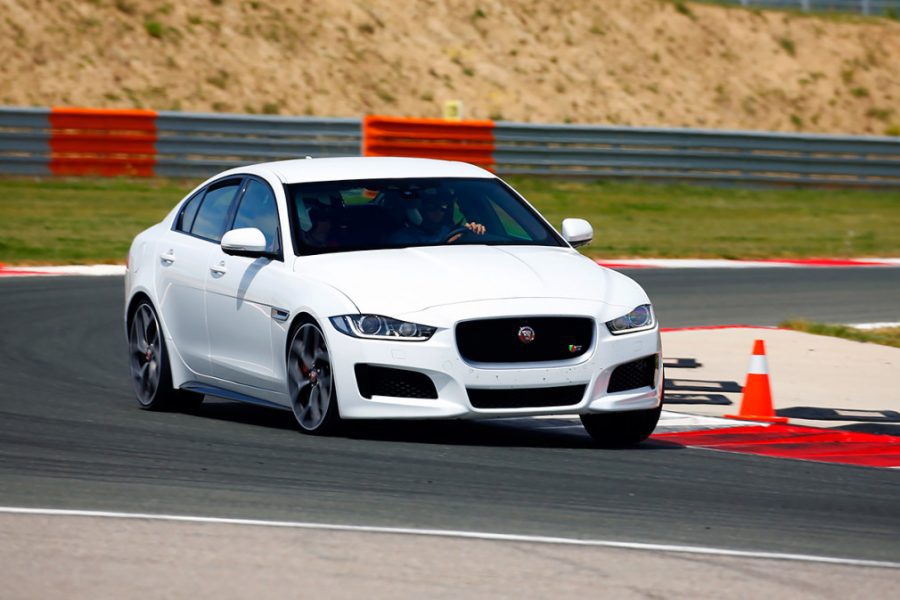
So my choice is a standard chassis and a 240-liter 2,0-horsepower petrol engine. It is unlikely to rock out on the track as powerfully as the V6, but off the track it seems more than adequate. In any case, 150 km / h, quite common for Spanish highways, the two-liter XE is gaining effortlessly. The 200-horsepower version of the same engine is also not bad - it carries reliably, moderately dynamically, albeit without any special claims for a fun drive.
The British will offer only two options for heavy fuel: two-liter diesel engines of the newest Ingenium family with a capacity of 163 and 180 hp, which, in addition to "automatic", can be equipped with manual transmissions. The more powerful option pulls moderately well, but does not impress with its extreme capabilities. Except for silence - if it were not for the tachometer marked up to 6000, it would not be easy to guess about the diesel under the hood. The link with the "automatic" works well - the eight-speed gearbox juggles traction quite skillfully. But the option with "mechanics" is no good. The vibrations of the clutch lever and pedal give absolutely non-premium sensations, and the owner of the sports sedan will hardly like catching the traction, trying not to make mistakes with the transmission. In addition, the manual gear lever instead of the “automatic” washer crawling out of the tunnel looks strange in this stylish interior, killing all the charm of the interior.

The irony is that it is the diesel version with mechanics that should become the most popular in Europe. Just such an economical Jaguar should attract converts to the brand - those who have never considered the brand because of the high cost. But we will not even look at this, so there will not be a version with an MCP in Russia. Moreover, the diesel XE costs $ 26. we are not the most affordable. The base is replaced by a gasoline 300-horsepower sedan, which in the standard Pure version costs $ 200 - symbolically cheaper than the two-liter Audi A25 and Mercedes C234, as well as the Lexus IS4. The base BMW 250i is not only more expensive, but also weaker by 250 horsepower. And here is the 320-horsepower XE, which costs $ 12. already competes directly with the 240 hp BMW 30i for $ 402. But Jaguar is better equipped. And not only with an excellent thoroughbred chassis.
